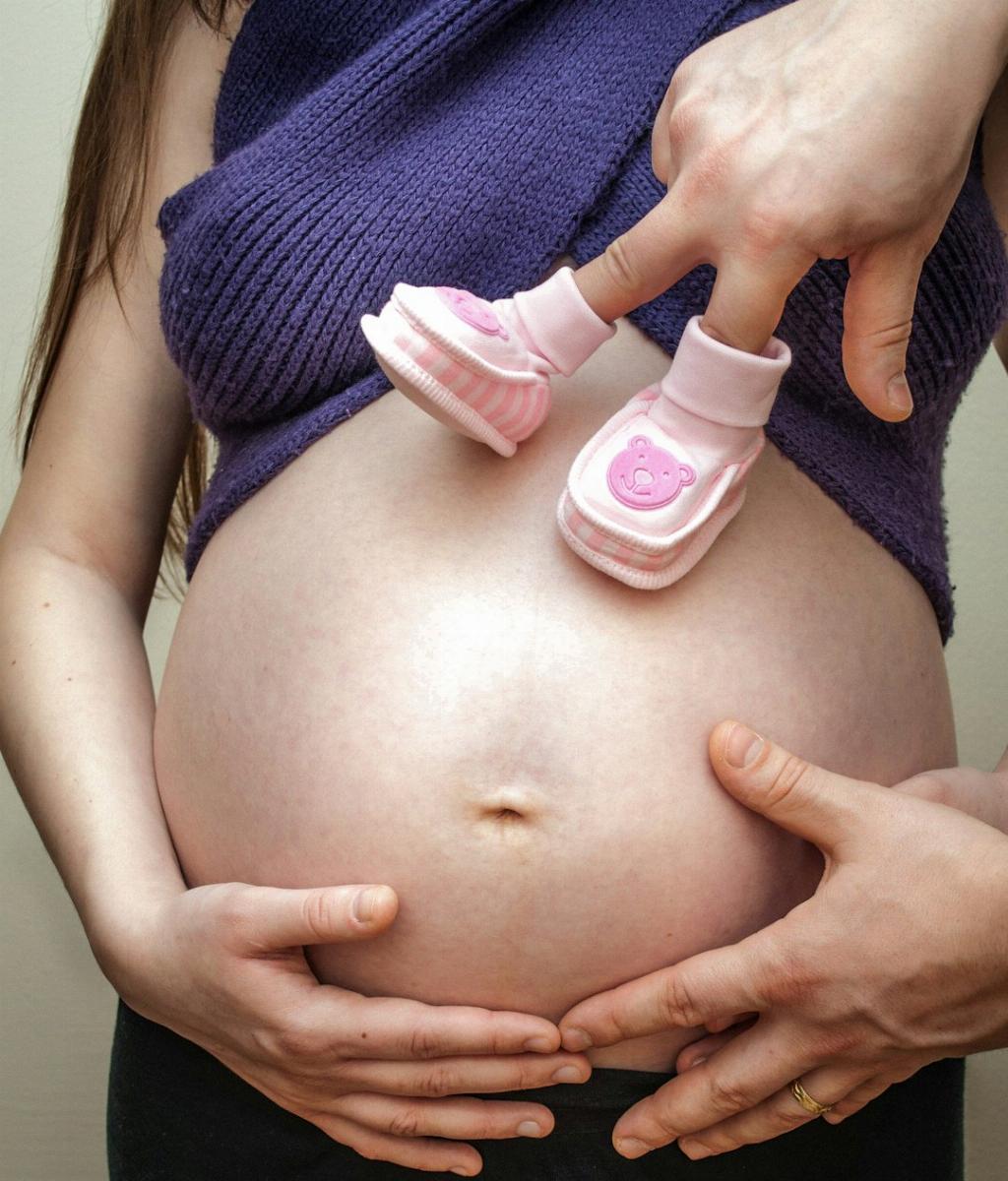Understanding the trimester breakdown is essential for tracking the progress of a pregnancy. The typical pregnancy is divided into three trimesters, each encompassing unique stages of development for both the baby and the mother.
The First Trimester
The first trimester is a crucial period that spans from week 1 to week 12 of pregnancy. It is during this time that major organs and structures start to form in the developing fetus. Many women experience common symptoms like morning sickness, fatigue, and mood swings during this phase.
Transitioning to the Second Trimester
At around week 14, a significant transition takes place as the first trimester comes to a close and the second trimester begins. This transition marks a pivotal point in the pregnancy journey and often brings relief for many expectant mothers.
Physical and Emotional Changes
As a woman approaches the 14-week mark, she may start to notice subtle changes in her body. The visible baby bump may become more pronounced, and certain first-trimester symptoms such as nausea and fatigue might gradually diminish.
Medical Classification
In medical terms, the dividing line between the first and second trimesters is commonly set at the end of week 13 or the beginning of week 14. Once a woman reaches the 14-week milestone, healthcare providers typically refer to her as being in the second trimester.
Impact on Pregnancy Milestones
Advancing into the second trimester brings with it a sense of accomplishment and progress. Important prenatal screening tests, such as the anatomy scan, are often scheduled during this period to check the baby’s growth and development.
Maternal Well-being
For many women, the second trimester is a time of increased energy and renewed wellness. With the discomforts of early pregnancy easing up, expectant mothers may find themselves better able to enjoy this stage and engage in more activities.
Medical Guidance and Prenatal Care
Healthcare professionals play a crucial role in guiding women through the various stages of pregnancy. Regular prenatal visits are essential to monitor the health of both the mother and the baby, ensuring a smooth and safe journey.
Embracing the Journey
As a woman transitions from the first trimester to the second, it’s a time to embrace the changes happening within her body and the new life growing inside her. Each stage of pregnancy brings its own set of joys, challenges, and milestones to celebrate.
Personal Experience
Every pregnancy is unique, and women may experience the trimesters differently based on factors such as overall health, lifestyle, and genetic predisposition. Sharing experiences with other expectant mothers can provide valuable insights and support during this transformative time.
Conclusion
While 14 weeks marks the transition from the first trimester to the second, it signifies a continuum of growth and development in the pregnancy journey. Embracing each stage with positivity and seeking adequate prenatal care are key aspects of ensuring a healthy outcome for both mother and baby.
Final Thoughts
Regardless of whether one considers 14 weeks to be still within the first trimester or the beginning of the second trimester, what remains constant is the incredible journey of creating new life and the profound changes that come with it. Cherishing each moment and staying informed about prenatal care are invaluable steps towards a happy and healthy pregnancy.

